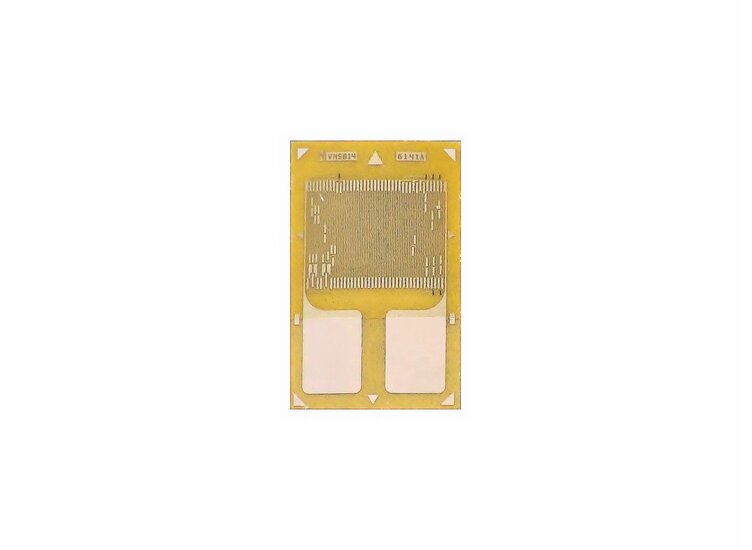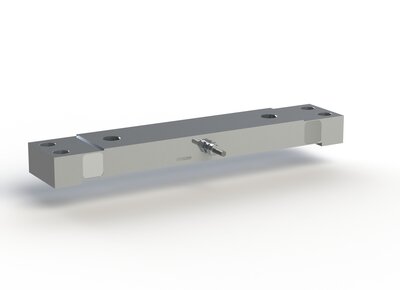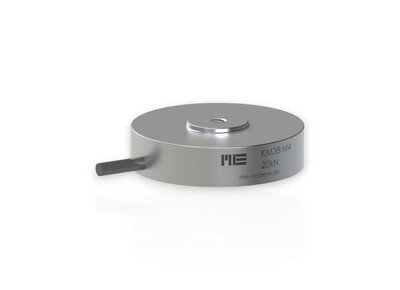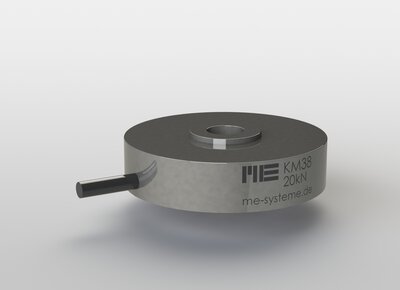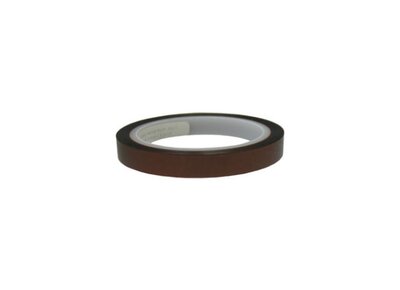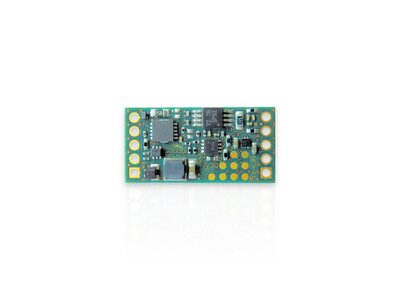Universally applicable strain gauge for the construction of sensors and for use in stress analysis. The carrier material of this strain gauge is a special polyimide with about 20μm thickness. The Konstantan measuring grid (3 ... 5μm) is covered with polyimide film, also with a thickness of approx. 20μm. This strain gauge type is very flexible and is well suited for use on flat and curved surfaces.
The Vishay series N2A with polyimide backing foil and Konstantan measuring grid is stable in zero signal and characterized by very low temperature-induced drift of the zero signal. The temperature-related drift due to expansion of the sensor body is compensated for the materials steel (variant 06) and aluminum (variant 13). The permitted range of use is from -76 ° C to + 95 ° C. 107 load cycles with alternating load ± 1500μm / m are achieved, or 108 load changes with swelling load 0 ... + 1500μm / m.
The gage factor of the transducer class strain gage is approx. 2.05 and is not individually identified, unlike as for straingages for stress analysis.

